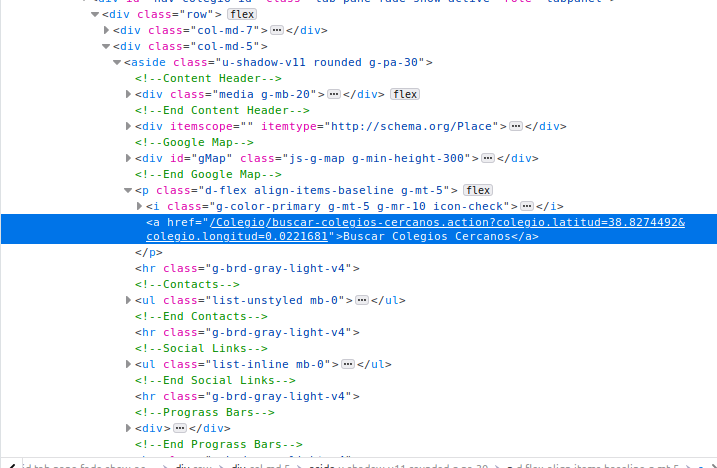
So, the best way to align HTML content on the page is with the CSS text-align property. Text alignment is a type of page styling. It also makes it simpler to read, maintain, and update. Using CSS for styling makes it easier to organize your code. It would also take longer to find and change your mistakes. If you were to add HTML style attributes for every header and paragraph on every page of your website, you’d create a larger and more complicated code file.

This means using HTML to create the text and content and using CSS for design on your website. While some professionals use in-line style attributes to test as they code, most follow best practices for HTML and CSS. But HTML5 doesn’t support the align attribute of the tag. Before HTML5, it was common to adjust text alignment in HTML with style attributes. Keep reading or jump to the section you’re looking for:Īccording to W3Techs data, 94.7% of websites use HTML as markup language. In this post, we’ll walk through how to left-align, right-align, and center-align text with HTML and CSS. But if you look a little closer, you'll see that it's usually the best and easiest solution. If you're just starting to learn HTML, adding a new language might seem like too much to take on. Donec semper finibus justo vel elementum.This is because web design best practices recommend using CSS instead of HTML to align text. Pretium magna, quis lacinia magna erat eget quam.

Donec imperdiet, metus at lobortis rutrum, nisi felis Sed sit amet malesuada ligula, id commodo diam. Posuere sapien, vitae tempor quam justo a odio. Nunc volutpat, neque iaculis tempor scelerisque, enim nunc Fusce varius lectus vitae leo facilisis, sed ultricies Natoque penatibus et magnis dis parturient montes, nascetur ridiculus mus.

Lorem ipsum dolor sit amet, consectetur adipiscing elit. The MWE (based on this, and this) will be: \documentclass Otherwise, you can set \tolerance=1 and \emergencystretch=\maxdimen to prohibit change line between words of your manual hypen. Thus, you can add \frenchspacing to remove this behavior if you use \pretolerance=10000, and disable the french spacing using \nonfrenchspacing if you use hyphenation.Īlso, if your text contain hyphenation that you write manually, you can use \tolerance=9000 and \emergencystretch=0pt to allow change line between word using that hypen. This is due to latex use more than single space after period. The risk with no hyphenation at all is that the output looks bad.īy using all the answer here, you might be noticed that space after period feels too wide, where you might be not noticed when there is hyphenation. TeX hyphenates when it cannot find a good line break without it, so you get few hyphens in most cases. However, what you did not say is why you want no hyphenation. Now, of those (2) is probably the best choice. This is discussed in detail in the TeX FAQ.


 0 kommentar(er)
0 kommentar(er)
